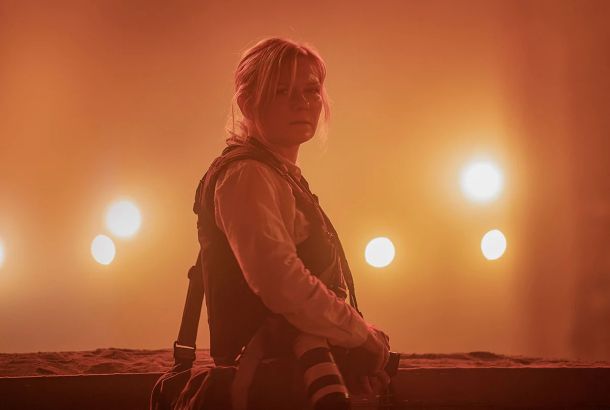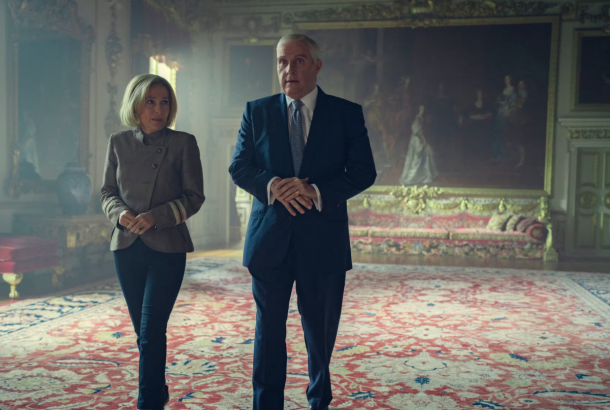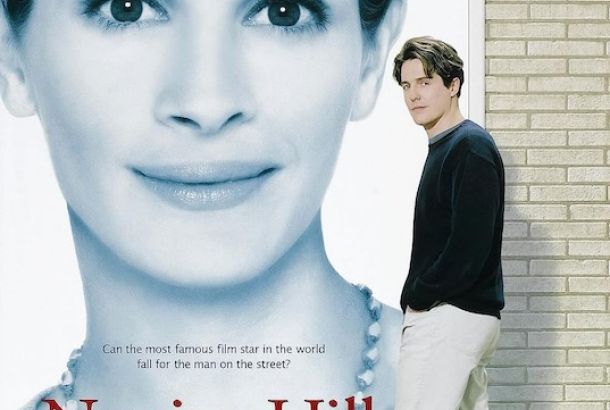Resurgence of the witch: The modern feminist icon?
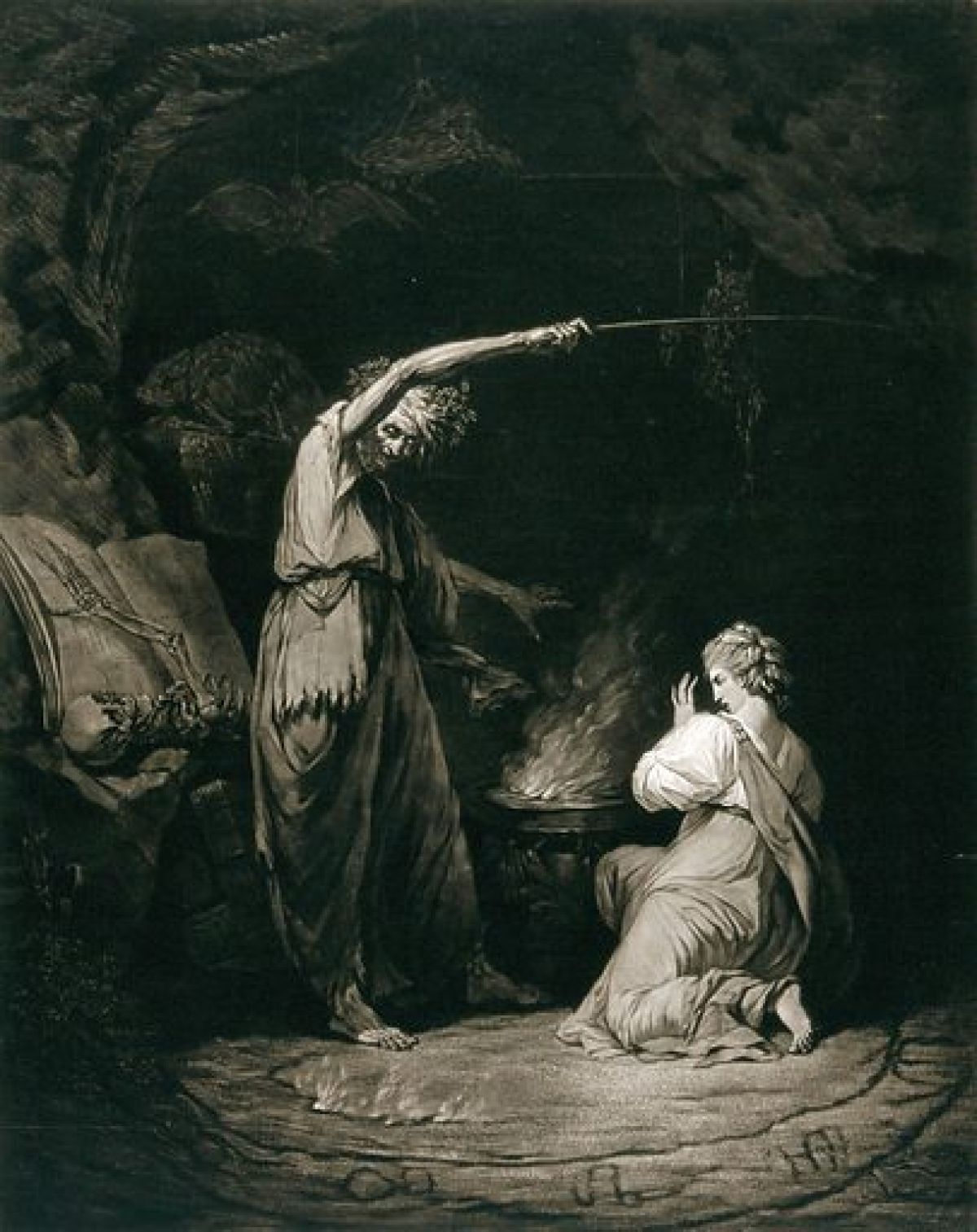
Written by Tom Smith-Wrinch.
Cinematically, the witch is undergoing a feminist renaissance. This occultist figure has taken many forms in recent years; from Hillary Clinton being labelled as ‘The Wicked Witch of the Left’, to Emma Watson’s BAFTA’s speech in which she exclaimed that she was ‘there for all the witches’.
Yet, to conceptualise this spell-casting monster, one cannot help but conjure up warty, crony, spindly hags with mystical means and devilish intentions. As a light example, think Queen Grimhilde from Disney’s 1937 Snow White and the Seven Dwarfs, or better yet, Angelica Huston’s grotesque visage (with a phallic nose to boot) in the 1990 adaptation of The Witches.
Throughout these films, such women are nothing more than malignant monsters seeking to cast the world into a spellbinding oblivion. Monsters, that must ultimately be thwarted for the betterment of our green and pleasant lands (or so we were supposed to believe).
In the late 19th Century, American activist, and suffragette Matilda Josyln Gage asserted something revolutionary. She argued that the persecution of witches had nothing to do with combatting evil or resisting the devil. Instead, she claimed that witch-hunts were nothing more than examples of deeply entrenched misogyny, fuelled by patriarchal fears of both female sexuality and gendered empowerment.
A witch, she argued, did not uphold the mystical malice of Queen Grimhilde, but instead she was simply a woman “of superior knowledge”. To think of witch, one must then think of woman. As Christina Larner contends, throughout the Early Modern Period of Western society, witch-hunting was quite simply ‘woman-hunting’. She argued that witches were essentially non-conformists who disrupted the Puritan ideal of the obedient, domesticated woman, who opted instead to live independently of the regimes of both church and state. In this sense, witches were the ultimate feminists.
To trace the roots of why witches have become so maligned over the years, one cannot ignore the importance of Christian scripture. Since Eve was tempted by Satan to eat the forbidden fruit, women have been considered as the morally inferior sex. And then in 1486, the Malleus Malleficarum was written. This handbook for persecuting witches essentially dictated that due to their “volatile bodies”, “insatiable lust”, and “untameable emotions”, women were considered more susceptible than men to be coerced by the Devil.
Females, it argued, were innately sinful. Women were perceived as naturally irrational, unable to resist the temptations that the devil could offer due to their carnal physicality and unbridled sexual nature. As a result of their sexual difference, woman was then conceived as ‘Other’, that which was ‘not-man’.
Because they lacked a phallus, Barbara Creed notes that fears of witchy castration were prevalent. She argues in her book The Monstrous-Feminine, that “witches were accused among other things, of copulating with the devil, causing male impotence, causing the penis to disappear”.
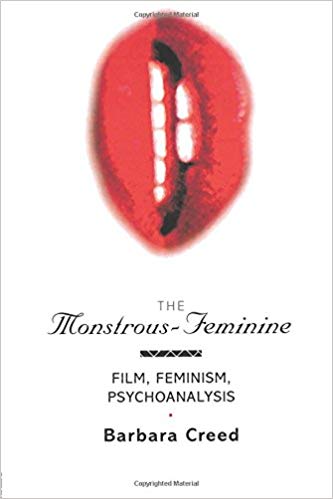
So, how best to deal with this possible threat of dismemberment? The answer? Centuries of systematic stigmatisation of the female form. Such an effort would require the consistent persecution of females until the idea of women as evil, women as subordinate and women as fundamentally monstrous became so ingrained within cultural memory that it eventually served as cultural myth.
Such myths have consequently been translated upon the big screen.
As Barry Keith Grant notes, the central truth within the genre of the horror film is that it is preoccupied with issues of sexual difference and gender. It comes as no surprise that women within horror, due to their ‘castrating’ and ‘devilish’ potential, have been victimised within the cinematic universe.
Take any slasher from the 1970s: The Texas Chainsaw Massacre, Friday 13th, or Halloween and note that the first sexually active female is reduced to a cowering, screaming, ultimately punishable victim. The same phallocentric paranoia can be seen in subsequent horror flicks like The Exorcist, Carrie, and Rosemary’s Baby.
Simply put, the persecuted witch of the 1600s fared no better than the females we see in modern horror film. Due to their sexuality, they are still depicted as evil, or weak (or both) and are fundamentally, unequivocally, irrefutably bundled upon the cinematic pyre, set alight and stamped out.
That is, until now. In the wake of the #MeToo and #TimesUp movements, females are beginning to embrace the power of the witch. To become a witch then is to embrace the power that female sexuality imbues.
As Natalie Wilson in her 2020 book notes, women are adopting a “willfull monstrosity”. She argues that modern horror witches have the power to imagine a “post-patriarchy” where “women hold the power to recast the world into something more magical”. We are currently experiencing what has been commonly known as a ‘fourth-wave’ of feminism, wherein notions of ‘choice’, ‘agency’, and ‘bodily autonomy’ have become all the more prevalent.
Films like The Witch (2015), The Autopsy of Jane Doe (2016), The Love Witch (2016), Suspiria (2018), and Midsommar (2019) have begun to take up the mantle of this monstrous figure as a means of translating such empowerment through the spellbinding language of cinema.
The witch has now become crucial in spearheading ideas of feminine empowerment and agency within a world that has unapologetically sought to undermine such notions. Historically, the witch was everything that a man feared. She was independent, she was subversive, and she was powerful.
The many female leaders of the world today have been consistently dubbed as the “granddaughters of the witches that [the patriarchy] couldn’t burn”.
To embrace the witch is to destabilise the binary. To counter archaic morality tales of good and evil and more importantly, disturb ideas of passive femininity with an active masculinity. No longer are they as dastardly as Baum’s The Wicked Witch of the West, nor are they as quaint as Glinda’s The Good Witch of the North. These new witches are now “wicked good”.
The contemporary horror genre seems to have thus served as a beacon for the change that has begun to appear, and also the change that is yet to happen. Despite the warts, crooked noses, and cloaked figures, the witch has grown more inspiring now than ever before.
Much like the character of Thomasin in Robert Eggers’ 2015 oeuvre The Witch, the modern witches of today are choosing “to live deliciously”, refuting the patriarchal institutions for a life of unadulterated feminine potency.
Ultimately, the witch represents an irrepressible sphere of exclusively female power. The tides of terror have begun to turn. And the season of the witch is upon us. Certainly, if these new horror films are anything to go by, something wicked this way comes.
